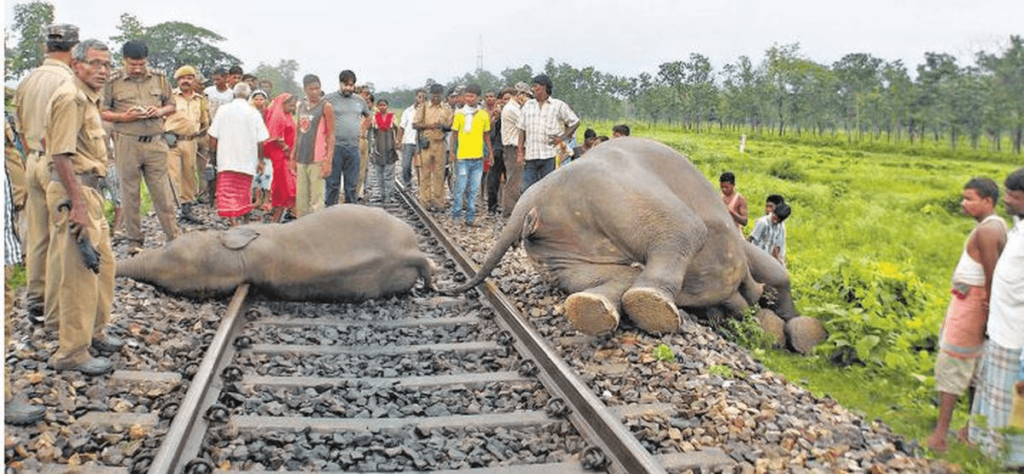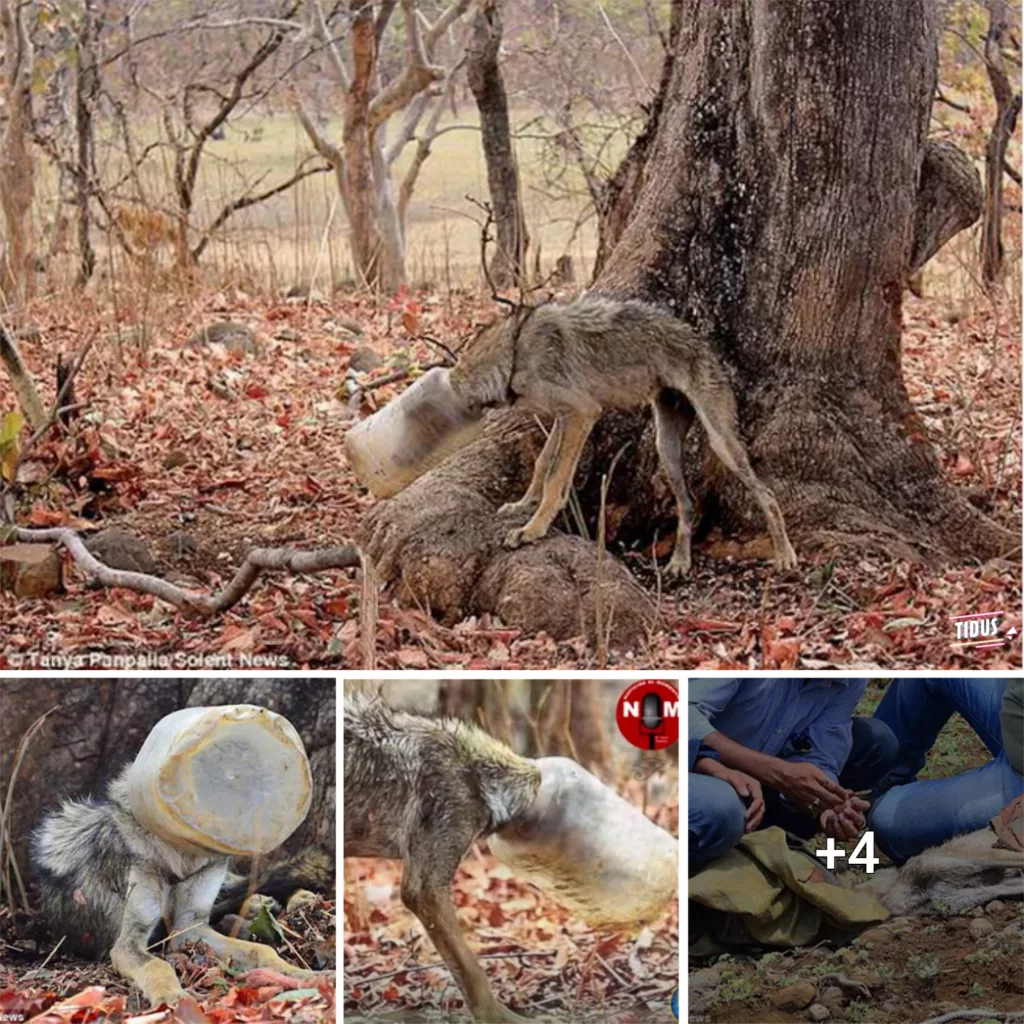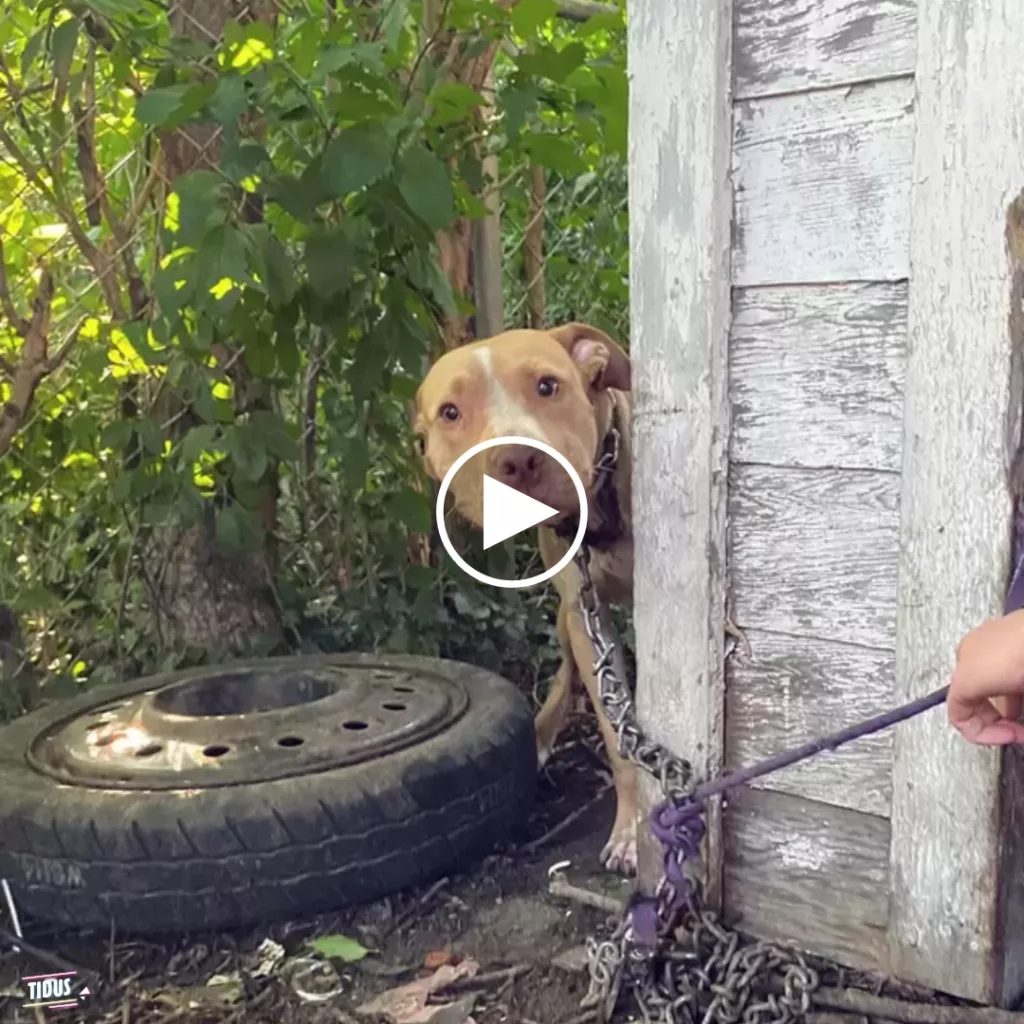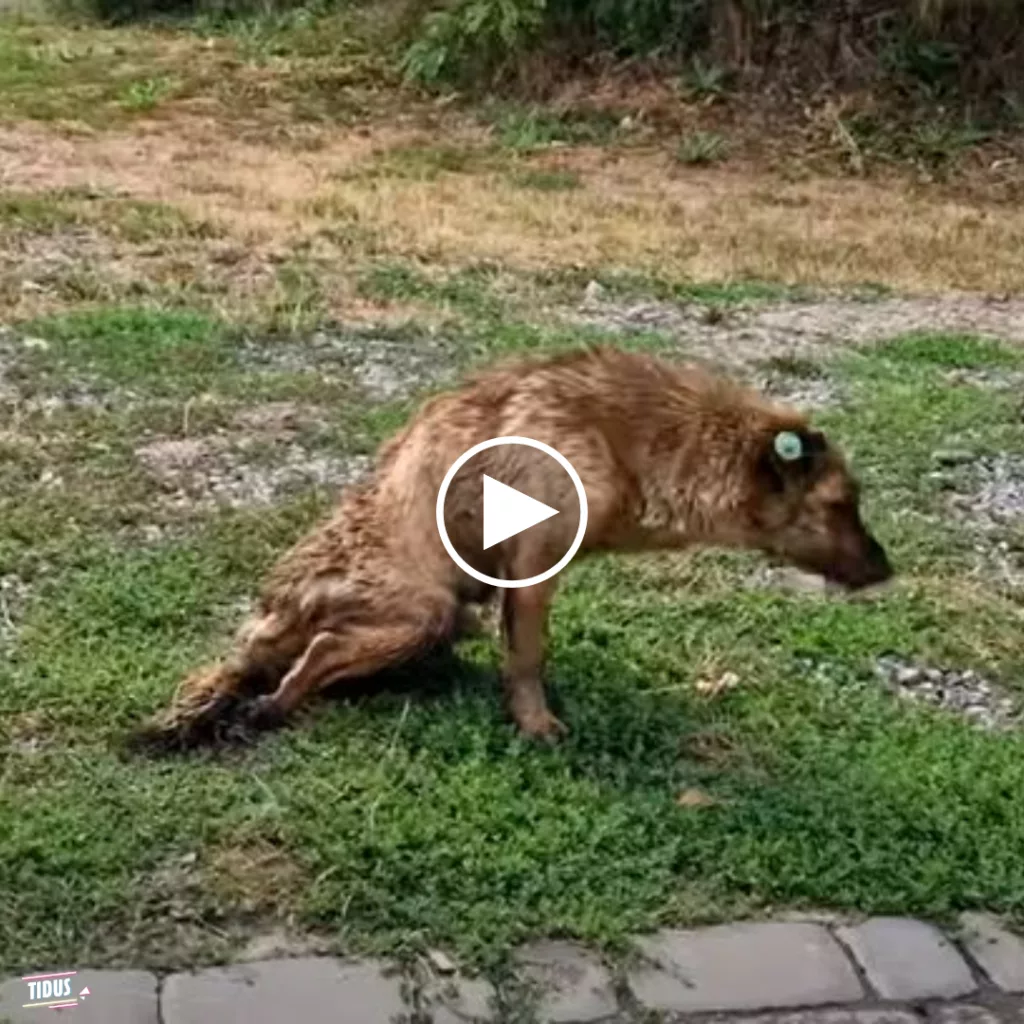Elephants crossing railway tracks in search of food pose a major threat to trains
Elephants are magnificent animals that are known for their intelligence, social behavior, and their ability to roam freely in the wilderness. They are herbivores that require large amounts of food to survive and thrive. Unfortunately, due to the increasing encroachment of their natural habitat by humans, elephants have been forced to venture out of their natural habitats in search of food. This has led to elephants frequently crossing railway tracks, which poses a significant threat to trains and their passengers.

The consequences of elephants crossing railway tracks can be devastating. Trains can collide with them, causing severe damage to the train and putting passengers in danger. In some cases, elephants have been killed in these collisions, which is a tragic loss for the animal kingdom. Additionally, the disruption of railway services can cause delays and significant economic losses.

It is important to note that elephants are not purposely trying to cause harm. They are simply trying to survive and find food in an environment that has been heavily impacted by human activity. As such, it is the responsibility of humans to find ways to coexist with these animals in a safe and sustainable manner.

To prevent such accidents, measures need to be taken to ensure that elephants do not cross railway tracks. One of the most effective ways to prevent elephants from crossing railway tracks is by constructing fences around the tracks. These fences can prevent elephants from crossing them and can also guide elephants towards safe crossing points. Alternatively, warning signs can be erected to alert train drivers to the presence of elephants in the vicinity, giving them time to slow down andaoid a collision.

In addition to constructing fences and warning signs, there are other measures that can be taken to reduce the risk of elephants crossing railway tracks. For example, wildlife corridors can be created to allow elephants and other animals to travel safely through their natural habitats without encountering human infrastructure. These corridors can be designed to avoid areas where railway tracks are present, minimizing the risk of collisions.

Education and awareness campaigns can also play a crucial role in reducing the risk of elephants crossing railway tracks. By educating people about the importance of conserving elephant habitats, and the potential risks associated with railway tracks, we can work towards creating a safer environment for both humans and elephants.

In conclusion, the issue of elephants crossing railway tracks is a complex one that requires a multifaceted approach. By taking a combination of measures, including constructing fences, creating wildlife corridors, and increasing education and awareness, we can reduce the risk of collisions and ensure the safety of both trains and elephants. It is our responsibility to find ways to coexist with these majestic animals and protect their natural habitats for generations to come.



